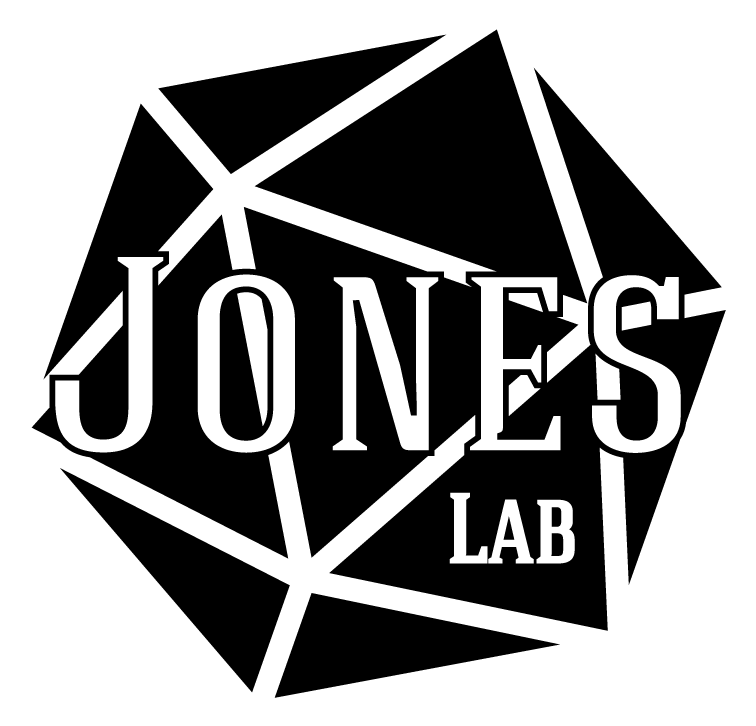
Engineering materials that directly and selectively detect intact viruses — enabling faster, more accurate discovery of antivirals.
Viral Detection
Outbreaks of new and ever more dangerous infections are increasing and the need to be able to detect and identify infected individuals rapidly is of paramount importance to stop local and global spread of infections. It is as equally important to develop quicker ways to identify interventions against viruses.
In the Jones Lab we are working on several approaches to improve both the sensitivity and speed at which viral infections and their interventions can be identified. These approaches range from colorimetric and fluorescent detections through to electronic detection systems. Projects focus on the development of novel dyes, which can then be combined with our biocompatible virucides to produce detection systems.
Vials containing a dye that changes from colourless (left) to coloured (right) after addition of virus
FAIRY Assay
Through the synthesis of a novel dye-polymer conjugate we have developed an assay that allows virucidal antivirals to be identified in minutes, we have called this the Fluorescence Assay for vIRal IntegritY or FAIRY Assay for short. The dye-polymer conjugate is none fluorescent in the presence of an intact virion but fluoresces when the virus is broken.
Overview of the FAIRY Assay showing increased fluorescence after virion destruction
The assay can be run in a fluorescent plate reader and answers can be obtained in minutes. Combining with micro-plates allows for multiple antivirals to be screened against multiple viruses. This will drastically increase the ability to screen virucidal interventions including disinfectants, macromolecules, alcohols and temperature.
The paper can be accessed here.
Other detection systems
We are also working on several other systems for the detection of viral infections such as human cytomegalovirus (HCMV) in urine and electronic-based detection systems. We are designing coatings and assays that would allow viruses to be detected rapidly at the point-of-care, which would further enhance our ability to detect and treat viral infections.



